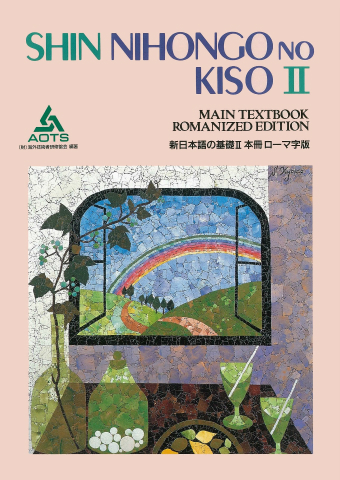

It is referring to ‘Tanaka’ or in the interrogative sentence is replaced with ‘dare’. And the particle which is a particle ‘ni’ is implying the indirect object of the verb in the sentence. It is asking someone which is represented with the interrogative pronoun ‘dare’. It is filled the empty bracket to play the role for asking from whom did the speaker borrowed a book. The answer specified in the above problem is ‘dare ni’. The noun stated is specified in the reply regarding the interrogative sentence given but it is replaced with an interrogative pronoun since it is an interrogative sentence. Particle ‘wo’ is used to modify noun as a direct object of a verb. It is used to ask what kind of thing is the speaker received in his or her birthday based on the context of the above problem.

The answer for the above problem is the combination of interrogative pronoun ‘nani’ and ‘wo’. So, in the above problem, it is actually to ask from whom did the subject or the speaker studied Japanese language from. On the other hand, particle ‘ni’ can be used as a particle to point out an indirect object. Interrogative pronoun ‘dare’ specifically used to ask for a person or someone. The answer for the above question is the combination of ‘dare’ and ‘ni’.

The question is displayed in Shin Nihongo no Kiso 1 chapter 6practice B part 4 on. In the context of the above problem, the activity was studying Japanese language.įrom whom did you study Japanese language ?。 Translations in context of no kiso in English-Japanese from Reverso. Combined with interrogative pronoun ‘doko’ which is translated as ‘where’, it is specifically translated to ask where is the place or the location where an activity happened. Another function of particle ‘de’ is to point out the location or place where an activity take place. This is an interrogative pronoun ‘doko’ combined with ‘de’. The correct answer for this problem is ‘doko de’. The answer is very clearly stated that he or she is using chopstick to do it. So, in the context of the above problem, ‘nan de’ is filled as the answer to ask what item or what kind of tool is used by the other counterpart of the conversation to eat cooked rice. SHIN NIHONGO no KISO I MAIN TEXTBOOK ROMANIZED EDITION. Interrogative pronoun ‘nan’ is specifically translated as ‘what’. Shin Nihongo No Kiso I Bahasa Jepang dan Terjemahan Bahasa Indonesia. Shin Nihongo no Kiso II English Grammatical Notes. Particle ‘de’ itself is used to describe means, tools or way in order that an action or an activity is done. Shin Nihongo no Kiso I Ngu Phap Tieng Viet (bi1 12) Shin Nihongo no Kiso II Textbook. With what do you eat cooked rice (meal) ?。 Nihon-jin wa「nan」「de」gohan wo tabemasuka。


 0 kommentar(er)
0 kommentar(er)
